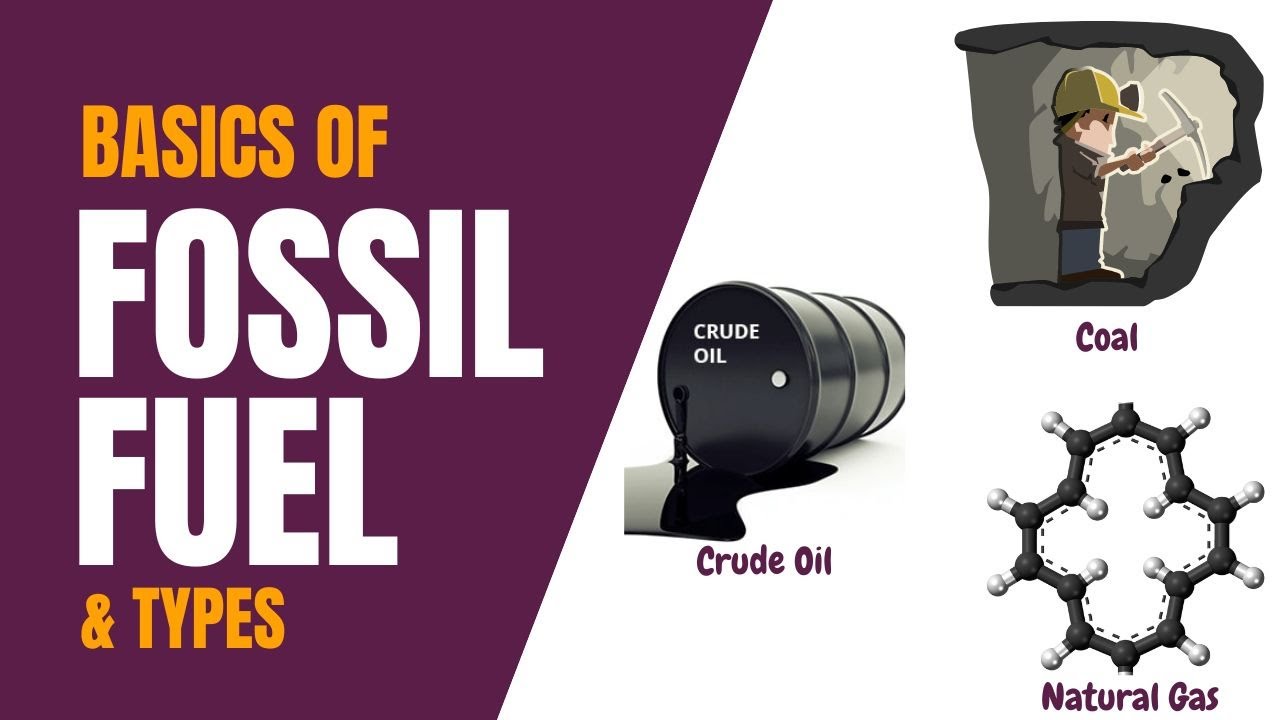Lokasi & Pengukuran Gas Emisi Sumber Tidak Bergerak Dengan Gas Analyzer | ISO/IEC 17025 Series #25
Summary
TLDRThis video explains the measurement and monitoring of emissions from stationary sources using gas analyzers. It covers regulations from Indonesia’s Government Regulation No. 22 of 2001, detailing the obligations of responsible parties, including the height of emission stacks, calibration, and monitoring of emissions. The process involves using flue gas analyzers, calibrating them to international standards, and correcting gas concentrations for temperature, pressure, and oxygen levels. The video also emphasizes proper data recording and emission comparison with legal standards, with a focus on ensuring accurate gas measurement and compliance with emission regulations.
Takeaways
- 😀 Emission sources must have a stack height of at least 14 meters above ground level or 1.5 meters above the tallest building within a 50-meter radius.
- 😀 Emission stacks should be clearly visible and designed to ensure the top of the stack is easy to identify for monitoring purposes.
- 😀 A high enough gas flow speed is required to prevent emissions from descending near the stack area, even if wind speed is not a factor.
- 😀 Operators are required to install gas monitoring instruments to measure gas concentrations, flow rates, and wind direction/speed at each emission source.
- 😀 Regular daily recordings of emission levels are required for each emission stack to ensure compliance with environmental standards.
- 😀 Gas analyzers must be calibrated with certified calibration standards, following international units, with an acceptable uncertainty of 2-5%, depending on the device.
- 😀 Gas measurements must be adjusted to standard temperature and pressure (STP), which is 25°C and 760 mm Hg, for accurate reporting.
- 😀 The oxygen concentration must be adjusted based on the type of gas being measured, usually set to 10% for calibration purposes.
- 😀 The concentration of gases in the stack must be corrected based on the STP conditions and oxygen level to ensure accurate emissions data.
- 😀 For gas analysis, corrections should also account for the molecular weight of the gas and use conversion factors to ensure consistency in measurements.
- 😀 In the case of using a flue gas analyzer with a certain fuel type (e.g., BBM), the results must be converted into the appropriate unit of micrograms per normal cubic meter for standardization.
Q & A
What is the definition of air pollutants according to Indonesian Government Regulation No. 22 of 2001?
-Air pollutants are substances produced by human activities that are released into the air, either having or not having the potential to cause air pollution.
Who is responsible for ensuring the proper functioning of emission stacks?
-The responsibility lies with the entity that owns the emission source, specifically those with emission stacks.
What is the required minimum height for an emission stack in Indonesia?
-The emission stack must be at least 14 meters above ground level or 1.5 meters taller than the highest building within a 50-meter radius.
Why must the stack be visible, and what are the design requirements?
-The stack must be visible to ensure proper monitoring, and its design must facilitate sufficient gas flow to prevent undesirable emissions.
What types of monitoring equipment are required for emission measurement?
-Emission measurement equipment must include gas analyzers, instruments for measuring gas flow rates, and devices to monitor wind speed and direction.
What is the requirement for daily emission recording?
-The entity is required to record the daily emission results from each emission stack to ensure proper tracking and compliance with environmental regulations.
How should the flue gas analyzer be calibrated?
-The flue gas analyzer should be calibrated according to international standards, with an uncertainty of 2-5% depending on the specifications of the analyzer.
How long does it typically take for the flue gas analyzer to provide stable readings?
-It generally takes about 5 minutes for the analyzer to stabilize and provide accurate readings.
What are the standard conditions used for adjusting the emission readings?
-The emission readings must be adjusted to standard conditions, which are 25°C for temperature and 760 mmHg for pressure.
How are emission readings adjusted for oxygen concentration?
-The oxygen concentration is adjusted based on the measured oxygen level. For example, a 10% oxygen concentration is used to adjust the gas concentration readings.
Outlines

This section is available to paid users only. Please upgrade to access this part.
Upgrade NowMindmap

This section is available to paid users only. Please upgrade to access this part.
Upgrade NowKeywords

This section is available to paid users only. Please upgrade to access this part.
Upgrade NowHighlights

This section is available to paid users only. Please upgrade to access this part.
Upgrade NowTranscripts

This section is available to paid users only. Please upgrade to access this part.
Upgrade NowBrowse More Related Video

Simulasi Sampling Emisi Sumber Tidak Bergerak

Ternyata Mudah! Mengenal Jejak Karbon dan Cara Menghitungnya!

Combustion's Impact on the Carbon Cycle

Bagaimana Transisi Energi Fosil ke Energi Terbarukan Indonesia

Fossil Fuel Basics and Types | Simple Science

“Gas Detector” Sharing Uji Praktek Ahli K3 Migas
5.0 / 5 (0 votes)